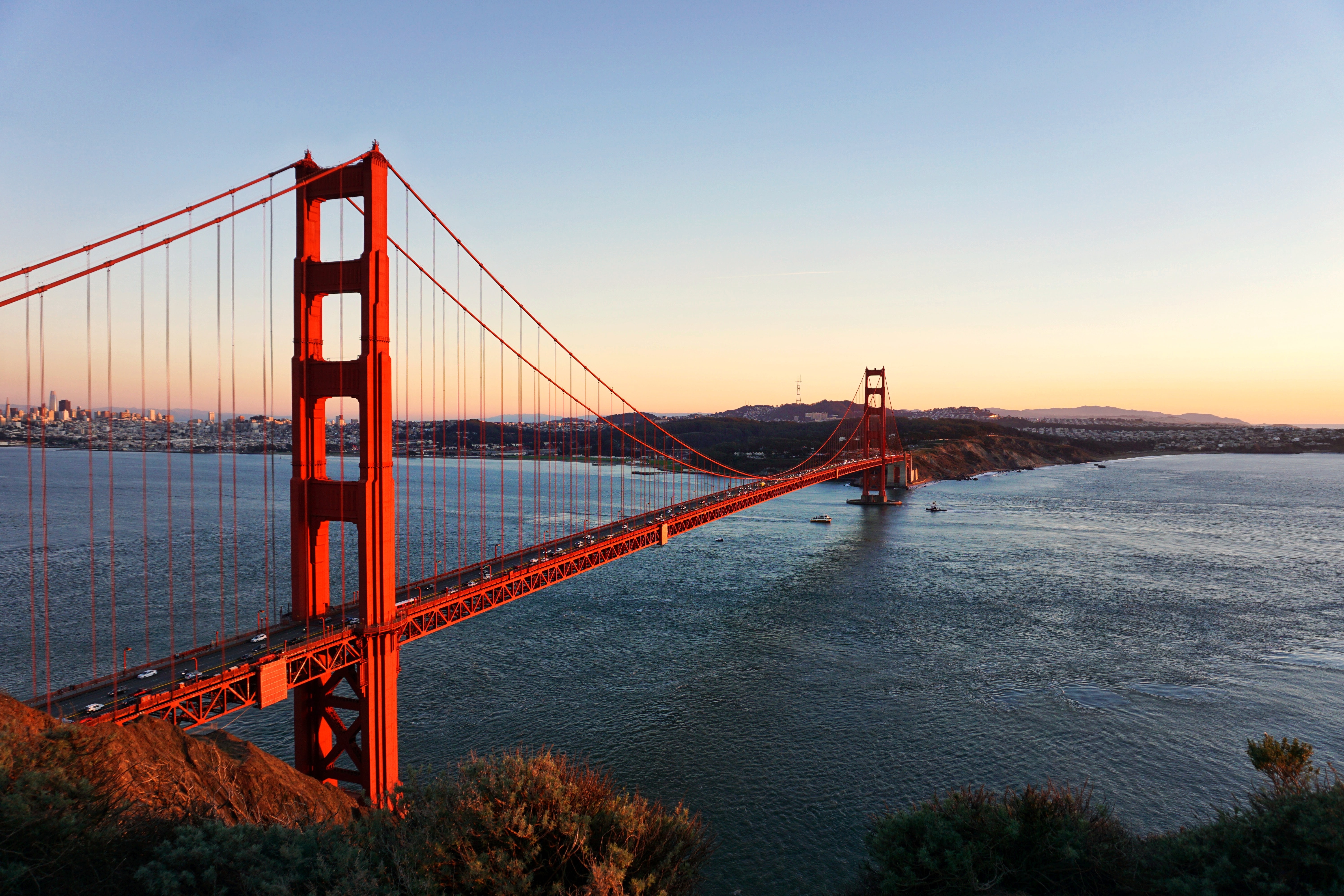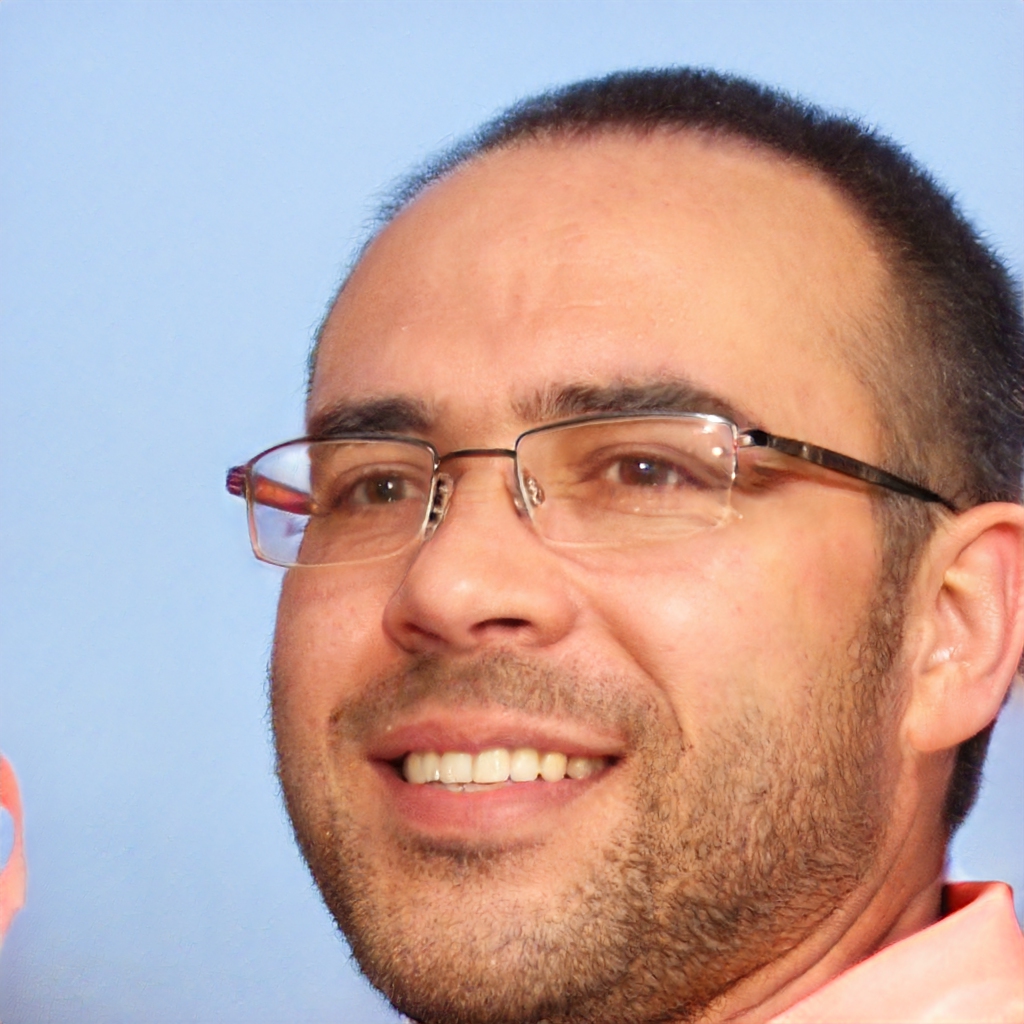San Francisco's Tourism Industry
San Francisco's $7.8 billion-a-year tourism industry, the city's largest private-sector employer, is recovering along with the economy. The trouble is, tourists aren't spending the way they used to.
Author:Iram MartinsReviewer:Tobey StricklandMar 18, 202132.4K Shares1.1M Views

San Francisco's $7.8 billion-a-year tourism industry, the city's largest private-sector employer, is recovering along with the economy. The trouble is, tourists aren't spending the way they used to.
"We're seeing some slow growth," said Joe D'Alessandro, president and chief executive officer of the San Francisco Convention and Visitors Bureau. "But the amount of money people are willing to spend on travel - whether it's their hotel rates, airline travel, restaurant meals - is still flat."
With attractions ranging from cable cars and redwood forests to the Napa-Sonoma Wine Country, the San Francisco Bay Area is one of the nation's premier tourist destinations. Still, people cut back during tough times, and the region hosted 1 million fewer visitors last year than the 16.4 million in 2008. Tourist spending fell 7.8 per cent, more than the 6.1 per cent drop in visitors. Comparable figures for 2010 weren't available.
Restrained tourist spending can pose challenges for the local operations of such companies as Marriott International Inc. and Blackstone Group LP's Hilton Hotels.
"Tourism is key to the San Francisco economy because it really drives other sectors," D'Alessandro said. The industry generated 19 per cent less in taxes and fees for the city government last year, while jobs supported by tourism declined 8.3 per cent to 66,837. "People scaled back. Hotels had to lay off employees because there wasn't as much revenue coming in, and restaurants cut back on staff."
This year, hotel occupancy has increased every month from 2009, according to the visitor's bureau. In June, the latest period for which data are available, the occupancy rate rose to 84 per cent from 81 per cent a year earlier. The average daily room rate rose by 2.2 per cent to $153.33.
It Hit Like A Tidal Wave
For Perry Butler, owner of the 41-year-old San Francisco restaurant Perry's, the recession's toll was akin to a natural disaster.
"It was the most abrupt we've seen," said Butler, who moved to San Francisco in 1969 as a 26-year-old former advertising executive. "It hit like a tidal wave."
This year, the crowds at his four Perry's locations, in addition to his new Cafe des Amis, are showing signs of recovery.
"The market has been better all this year, really," he said. "Lots of restaurant guys I've spoken to in San Francisco seem to echo, more or less, that same experience."
Start Of The Conference Season
The region's busiest months are August through October, capturing the end of summer travel and the beginning of conference season when companies such as Oracle Corp. hold annual events that draw tens of thousands.
"We are seeing from both statistical data and anecdotal evidence that tourism is continuing to increase," San Francisco Mayor Gavin Newsom said in an e-mailed statement.
The number of international visitors who landed at San Francisco International Airport in June increased 13 per cent to 406,022 from a year earlier, according to airport figures. Overall, passengers arriving at the airport rose 5.6 per cent that month.
Michael McCarron, a spokesman for the airport, said several factors led to the gain, including depressed traffic last year because of a swine flu outbreak and three new carriers flying to the airport this year. August is the airport's busiest month, and things have picked up.
"Just looking at July and what we're seeing in terms of the daily counts, we're up about 4 or 5 percent above last year," he said.
Not every mode of travel is gaining. The number of cruise ships docking in San Francisco is forecast to drop 32 percent this year to 42 ships. The estimated 48,000 people who will disembark from their ocean liners is 13 percent lower than last year and far below the city's 10-year average of 60,628, according to the Port of San Francisco.
More European Visitors
Pete Sittnick, managing partner of Epic Roasthouse and Waterbar, two restaurants on San Francisco's waterfront that opened in 2008 and together serve about 1,000 customers on a typical Saturday, said business has picked up.
"We're definitely seeing an increase in European visitors," Sittnick said. "It's somewhat traditional around this time of year." Still, business hasn't returned to boom-time levels.
"We're not totally out of the weeds yet," he said. "But it is improving, and I think that people at a certain level are just used to it now. They've figured out it's a new economic reality."
Butler, The Owner Of Perry's, Agreed
"I don't think we're ever going back to the boom times that we once enjoyed in general, because people have learned to change their behavior," he said.

Iram Martins
Author

Tobey Strickland
Reviewer
Latest Articles
Popular Articles